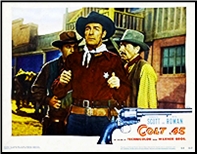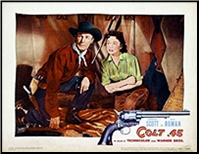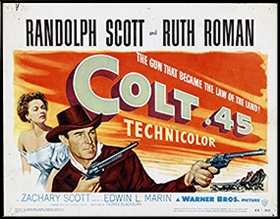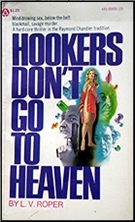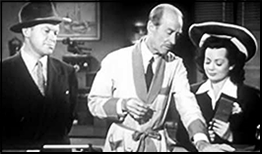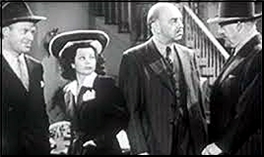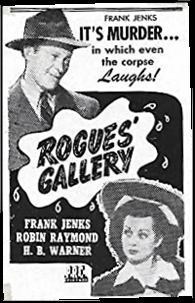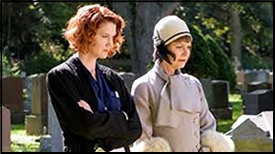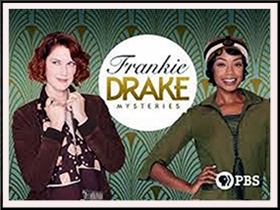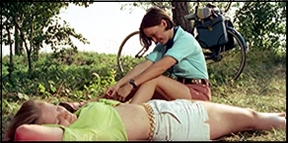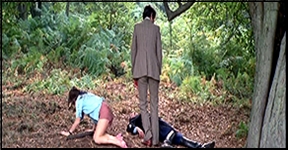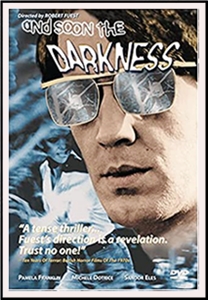REVIEWED BY DAVID VINEYARD:
JOHN MASTERS – The Breaking Strain. Michael Joseph, UK, hardcover, 1967. Delacorte, US, hardcover, 1967. Dell, paperback, January 1968.
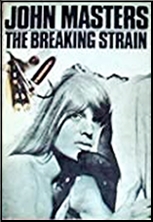
The Thames flowed close by at the foot of the embankment wall, but no sound came up to tell them whether the tide raced, straining, past buoys and bridge abutments, or whether the water lay slack and still. No ship moved on the river. In the roadway no wheeled traffic moved. For a long time they had met no other pedestrians. The fog lay deep, yellow, cored with black, over London.
They are sportsman V. K. G. Hawker (the thin high bridged nose gave him the look of pale eagle) and his beautiful and innocent younger sister Anne (she was tall for a woman and steady eyed), a pair with seven league boots, each other all either has in the world, on the way to Scotland for a bit of salmon fishing, neither really bound by anything save each other and the pursuit of distraction.
“At any moment Sherlock Holmes will loom up, hypodermic at the ready. But first we’ll hear his fiddle and smell his vile shag tobacco.â€
They are about be thrown into a bit of international intrigue that even Holmes might pale at,
Out of the fog they spy a group of men throwing a bound young woman (She was not quite young, dark haired, voluptuous …) over the embankment into the river. Anne dives after her, and V. K. brandishes the blade in his sword stick. Luckily for him two other men arrive to help, a fat Frenchman named Robert de Guise and an American named Bill Hammond (a sort of black haired Gary Cooper), son of a wealthy industrialist whose overbearing father left him with a pronounced stutter despite his physique and good looks.
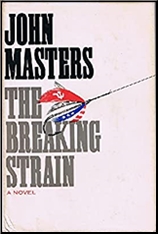
They rescue the girl, a beautiful sensual European named Ingrid, who coincidentally is staying at the same hotel, the Savoy of course, as all four of them, and when they deliver her home they get a shock, because waiting for her in her room is Lord Redmond, a famous physicist, Joseph Webber of “the Department of Agriculture†(aka the CIA), and her father, Sigurd Tellefsen. The latter has just defected to the West from the Soviet Union and is on his way to New Mexico to work on a clean nuclear energy project that could make the West and the world independent of all other energy sources. Hawker and Hammond are both more than a little cynical that is all his project will be used for despite protestations to the contrary.
The men trying to kill Ingrid were members of HPS (the Russian Department of Health and Sanitation aka the KGB), men who had exceeded their orders, given by their boss, Gregory Parkezian (“Head of their Security Police … Hoover and our Director combined…â€).
And just whose side de Guise will end up on is up for grabs, since he is working for Parkezian, but not a fanatic about it.
In short order the Tellefsens’ trip to New Mexico is sidelined for a bit of salmon fishing with Hawker, Hammond, and de Guise as bodyguards at Hawker’s friend Sir Alan Gobhair’s Scottish castle. (The northward view swept down to Loch Tumel, then rose past Tulach and the cleft of Glen Garry to the purple haze of the Forest of Atholl.)
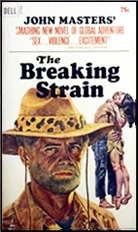
But when HPS shows up there it is decided the Tellefsens must be dispatched to New Mexico and Hawker (You felt that if you offered him something to eat you better pull your hands back quickly.), who now has eyes for Ingrid, his sister, and Hammond accompany them.
Admittedly up to this point it is more John Buchan, with sex, than Ian Fleming and James Bond, but when Tellefsen is kidnapped and the Hawkers and Hammond set out to retrieve him under Webber’s orders Hawker and Hammond’s tensions will come to a head, passions (Hammond and Anne much to Hawker’s disdain), and other things will boil over, and it all ends in a tense flight over the Atlantic pursued by Russian long range bombers with them caught in their electronic sites.
The plot and characters are well drawn, the latter complex human beings with warts, hangups, and flaws that threaten them all.
You are in the sure hands of a master here, having a little fun in a mix of Robert Ruark and Ian Fleming. John Masters was a major bestselling novelist best known for his books about India in the Savage family chronicles that followed one family from their first adventure in India in the 17th Century (Coromandel) to the last days of the British Raj (Bhowani Junction and To the Coral Strand).
Along the way he wrote books like The Deceivers (a fictional account of the destruction of Thugee in India), Lotus in the Wind (the Great Game in late 19th Century India on the Northwest Frontier), Bhowani Junction (about race in post War India and a foiled attempt to kill Ghandi), The Venus of Kompara (sensual adventure excavating an idol in the jungle), and The Himalayan Concerto (a spy novel set at the roof of the world). Fairly late in his career he also wrote big best selling doorstop novels like The Rock (Gibraltar), a WW I trilogy beginning with Now God Be Thanked, and The Ravi Lancers (about Indian soldiers serving in the First World War).
Masters was known for his vivid novels full of visceral sex and violence, his lean prose, and his expertise as both a former soldier in India in WW II (he wrote two non-fiction works about his adventures) and himself an Englishman who considered India his home. From Nightrunners of Bengal (about the 1857 Mutiny) on he was a frequent name on bestseller lists around the world.
The Breaking Strain ends with Hawker and Hammond reconciled and teaming up as sort of roving amateur agents for Webber useful where other agents might fail. Alas there is no second book in the series, so we never find out where they end up. A shame, since “International Sport … sex … violence and high adventure …â€, as the San Francisco Chronicle praised the book, was a pretty heady mixture in 1967, and a pleasant distraction from the lesser Bond imitations.
It’s not bad now either.




